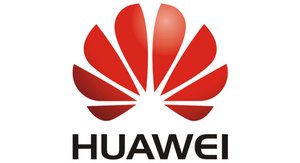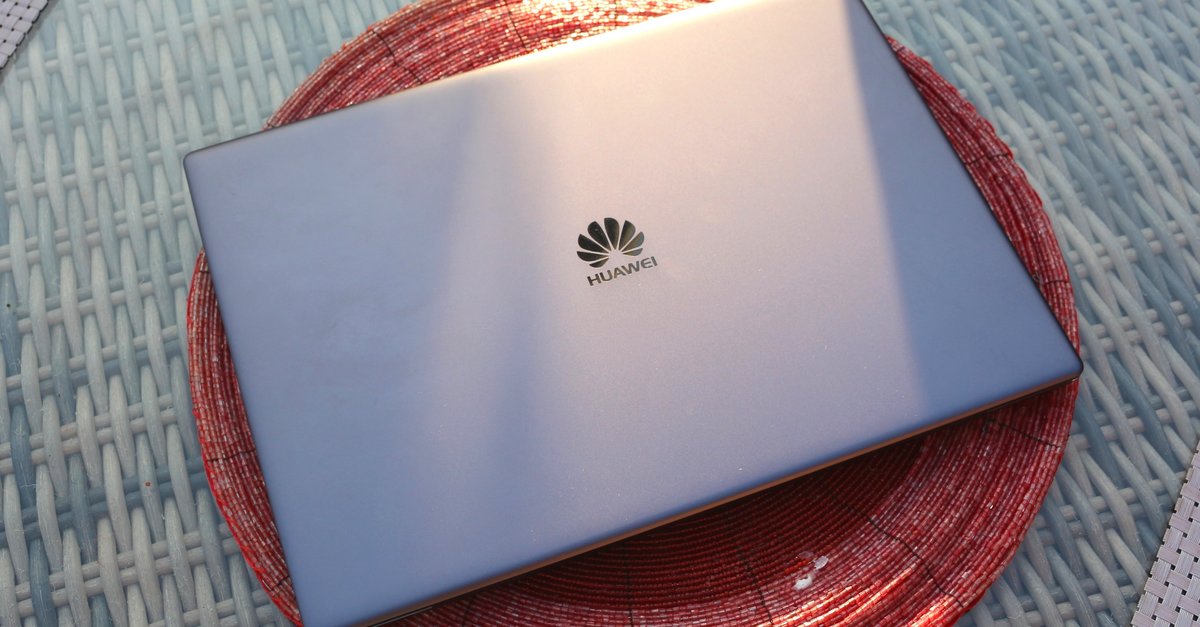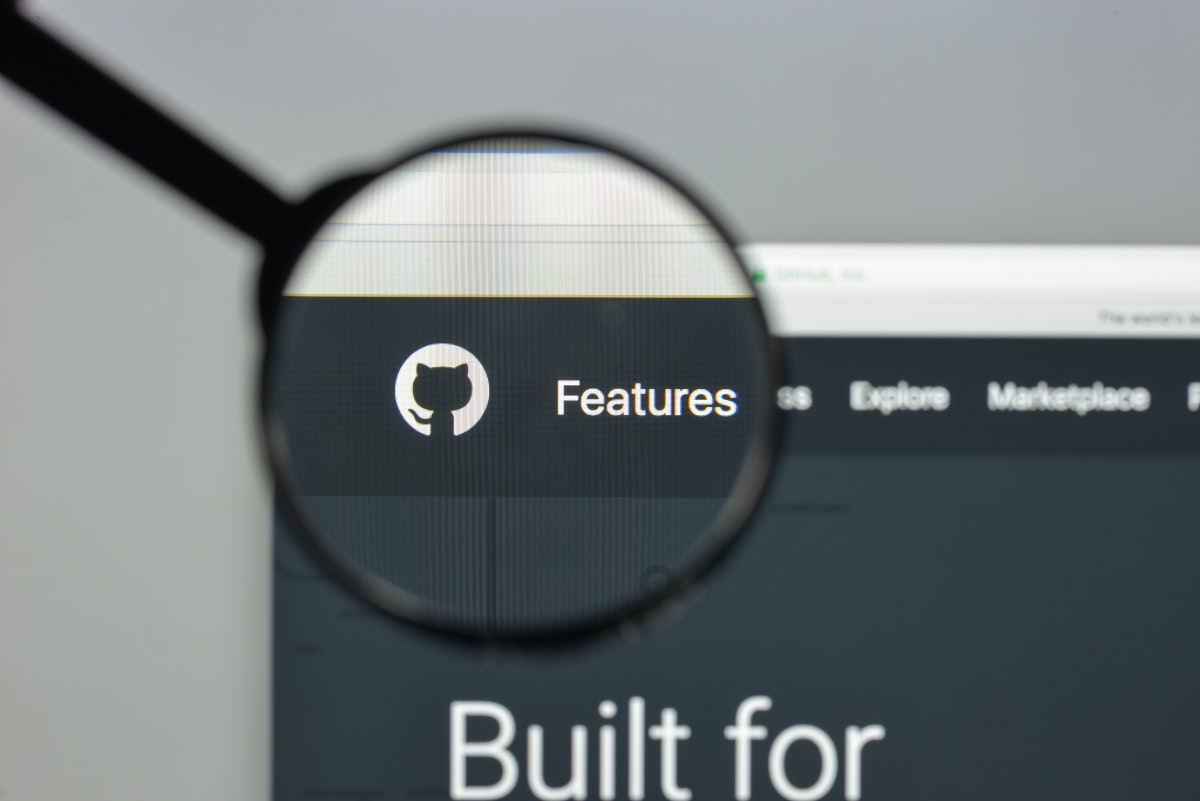Huawei copies the MacBook – and fails at the most important point
With its new MacBooks, Apple has shaken up the market and created real box office hits. So it is not surprising that Huawei has also copied the secret of success and also offers a notebook with an energy-saving ARM chip. The Huawei Qingyun L410 with a Kirin 990 processor is already available in China. But of all things, Huawei fails at the most important point: the software.

Difficult times could lie ahead for Intel and AMD: The two chip manufacturers, who have dominated the notebook market with their x86 processors for decades, are facing increasing competition from energy-efficient chips based on the ARM architecture. After Apple has already said goodbye to Intel and relies on self-developed ARM chips, Huawei is now following suit.
Huawei Qingyun L410: A 14-inch notebook with a Kirin 990
In the Chinese home market is the Huawei Qingyun L410 available through a local online retailer, such as Huawei Central reported. Outwardly a Huawei notebook like any other, the specialty is inside: Instead of installing an Intel or AMD processor, Huawei chose the in-house Kirin 990 decided. We already know the chip from well-known Huawei smartphones like the Huawei P40 Pro or the Honor V30 of the former subsidiary brand Honor.
The Kirin 990 already celebrated its debut in the late summer of 2019. The fact that Huawei is using an almost two-year-old SoC is probably related to the tightened US sanctions. The manufacturer is cut off from the global supplier market. The Huawei Qingyun L410 also features 8 GB of RAM, one 256 GB SSD and a 14 inch display. However, it is preinstalled on the Huawei notebook not Windows, but UOS 2.0. It is obvious that Huawei will update the Qingyun L410 to HarmonyOS in the future.
What is the use of the Huawei notebook without Windows?
This is exactly the point that distinguishes the Huawei Qingyun L410 from a MacBook with an M1 processor. The power-saving ARM chip is only half the battle. It is just as important that the user does not notice any recognizable disadvantages in everyday life by not using an x86 processor. Apple does this by running a full macOS on the new Macs. A Huawei notebook with a Kirin 990 should offer high performance and long runtimes – Without a full Windows, the Qingyun L410 would be stillborn.



